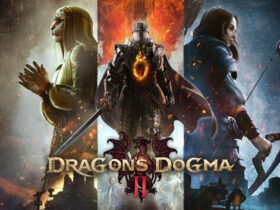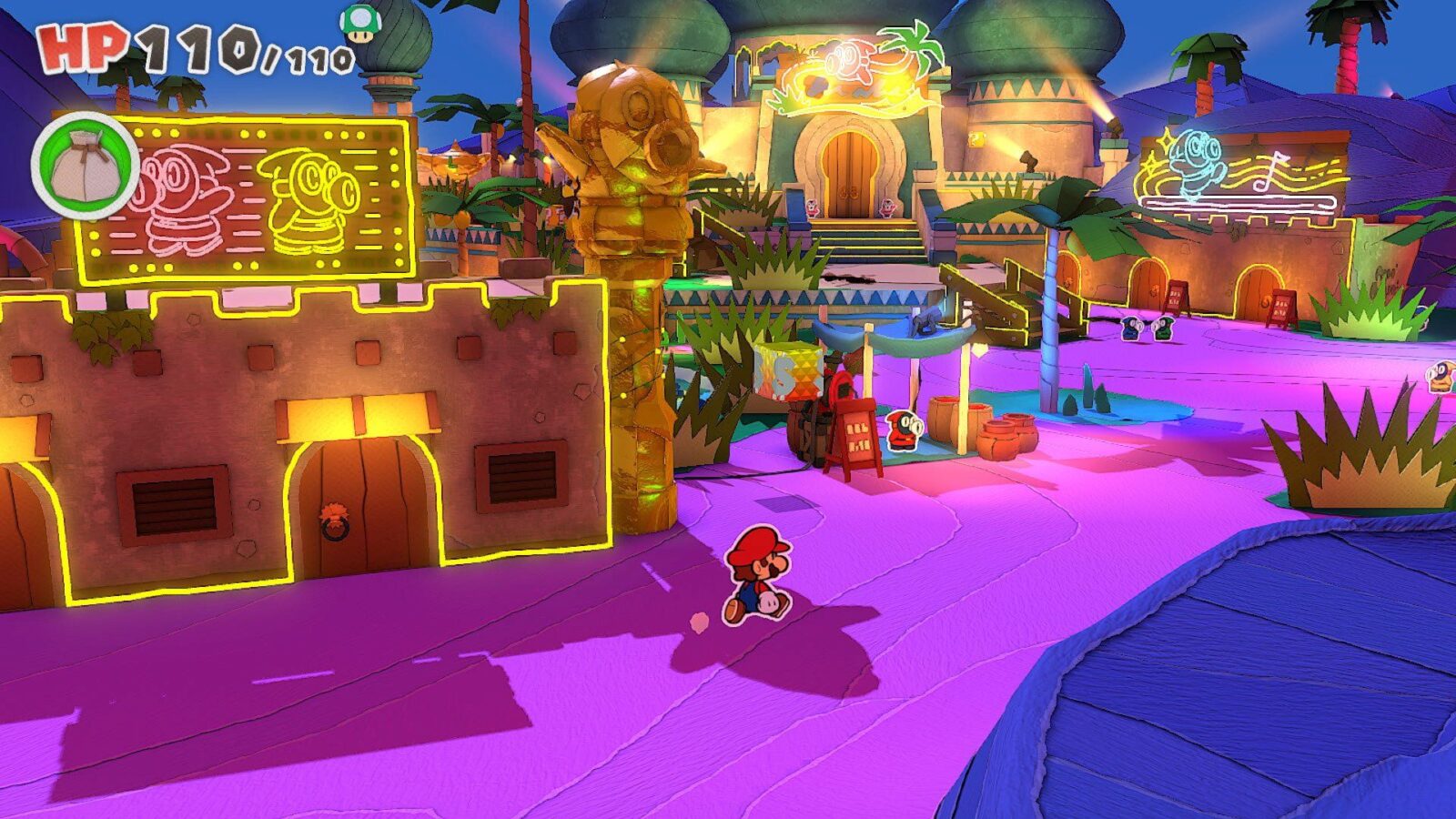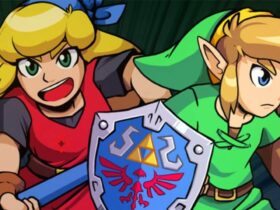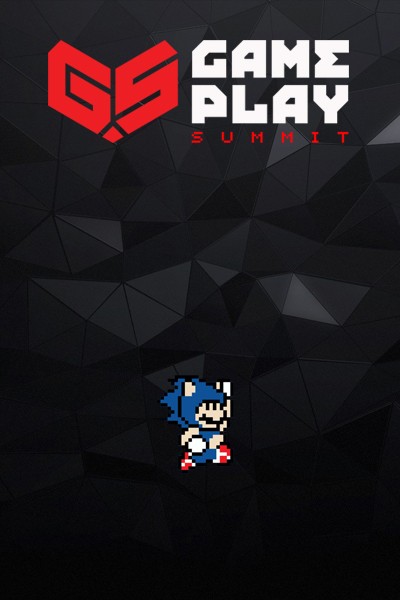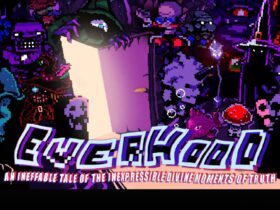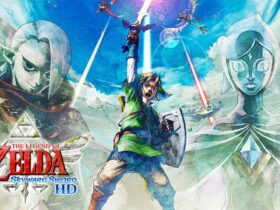This is Part 2 of a two-part series detailing the history of the Paper Mario franchise, the current state of the franchise, and what the new trailer for Paper Mario: The Origami King tells us about what’s coming next. If you haven’t read Part 1, click here.
UPDATE (6/13/20): Since this article was first published, Nintendo dropped a new trailer for Paper Mario: The Origami King. Clocking in at over five minutes long, it was chock-full of details on the new game. In light of the new trailer, I revisited my analysis, and I still stand by it. The trailer reveals much to be excited about, but also some concerning details.
For instance, it’s now confirmed that playable partners are finally a thing again. That alone is reason to feel hopeful. On the other hand, while the spin wheel looks like it has a lot of fun and potential for making battles interesting, the battle commands themselves strongly resemble Sticker Star‘s dreaded sticker mechanic. That would be bad.
Either way, watch the trailer, read this article, and draw your own conclusions. Or don’t, and wait until July 17 to see for yourself. Either way, I’m curious to hear your opinions on Twitter.
ORIGINAL ARTICLE (6/5/20): So, here we are. We’ve got an awesome new trailer for what looks like an awesome new game, but the series has enough of a mixed track record to instill trepidation on how it will turn out.
What happened? Where and how did Paper Mario lose its cachet? And what would The Origami King need to do to redeem the series?
Paper Mario: Death by a Thousand Paper Cuts
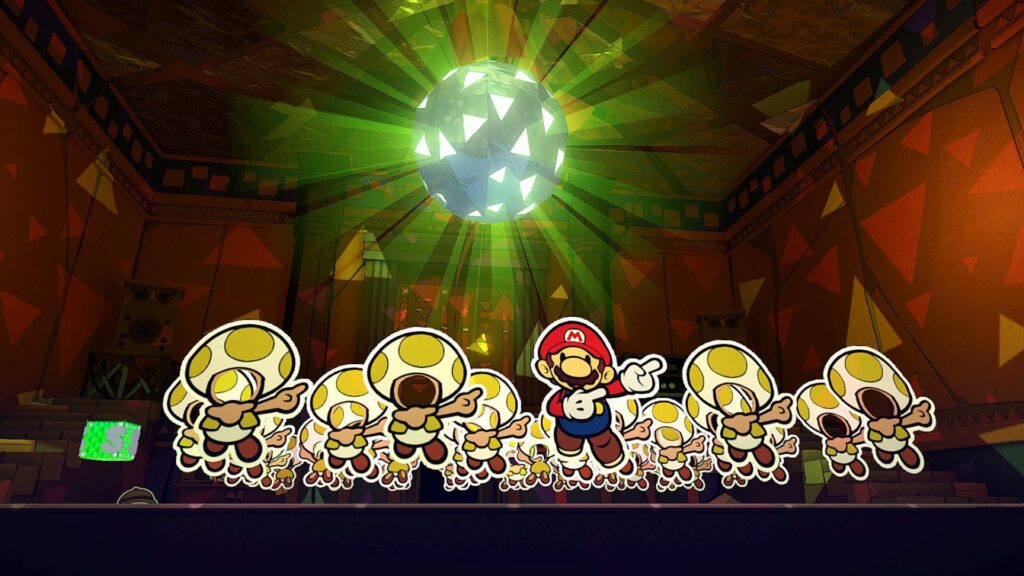
In my (non-expert) opinion as a longtime Paper Mario fan, I can identify at least three elements at play here:
- Misalignment between Nintendo’s vision and fans’ expectations,
- Flawed execution of potentially transformative ideas,
- An overemphasis of visuals and story over gameplay.
Let’s address the first one. But first, I should point out that I could be wasting so many keystrokes over a skewed dataset. Most people who play a game will either enjoy it or they won’t, but they’ll generally move on after they finish or abandon it. Only a passionate and dedicated player would care enough about a game to complain, write a review, or (ugh) start an online petition about it. These types of passionate and dedicated fans have expectations for what a Paper Mario game should look and play like, even though Nintendo hasn’t met those expectations in over a decade.
Compare the different Mario games for the Wii. Super Mario Galaxy (2007) and Super Mario Galaxy 2 (2010), which were different spins on Mario built around the Wii’s control schema, were nevertheless still recognizable as 3D Mario platformers. Mario Kart Wii (2008) looked and played like any other Mario Kart game, and even the motion controls were optional. By contrast, Super Paper Mario was barely an RPG—and the Paper Mario series had already set itself up to be “the Mario RPG series.” That was its niche. That’s what we expected of it.
However, would that have mattered if the same game was released under a new or different IP, free of fan expectations? How about all those players who had sat out the N64 and GameCube, for whom this was their first exposure to the Paper Mario series? They would not have developed any expectations from playing the first two games—were they more likely to have enjoyed the game more?
I can’t speak to whether or not that’s the case for Super Paper Mario, but Sticker Star actually was received rather lukewarmly even by players with no prior exposure to the series—so prior expectations are only part of the story here. This brings me to my second point: poor execution. In Sticker Star’s case, the game’s flaws are the most obvious and easiest to discern out of any Paper Mario game. It’s clear that Nintendo was implementing its tried and true method of innovating around a particular mechanic. There’s nothing wrong with this—after all, that’s simply what Nintendo does—as long as it’s executed properly. And with Sticker Star, somewhere along the way, things didn’t entirely gel.
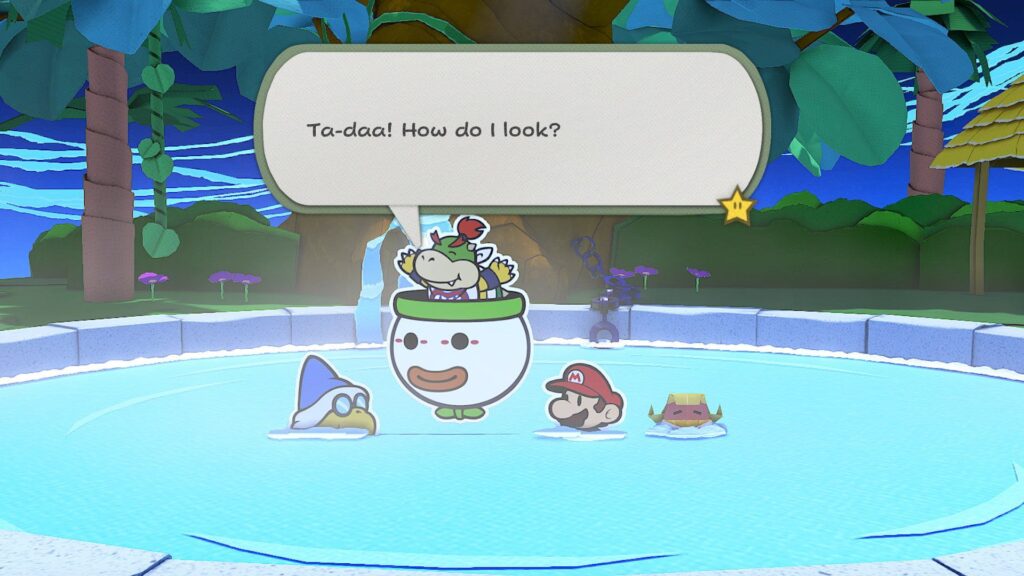
The baking analogy from Part 1 of this retrospective really hits the Goomba on the head. Baking is such an exact science that if even one measurement is slightly off—whether you add slightly too much or too little of an ingredient, or leave the batter even a minute too long in the oven—it can ruin the cake (interestingly, in perhaps one of the biggest examples of IRL foreshadowing in gaming, even the original Paper Mario had a baking puzzle that required Sekiro-grade precision to pull off).
Game development is a similarly fickle craft, a precarious balance of gameplay, design, story, engine, sound, art, UI, and countless other elements. If even one piece is skewed, missing, or otherwise flawed, it affects the entire experience. In Sticker Star’s case, the “sticker” gimmick could’ve worked well. There’s no reason it shouldn’t have. But the idea wasn’t hashed out as much as it needed to be.
As a result, Sticker Star‘s gameplay ended up feeling overly simple, which means it quickly got repetitive. At times, it was even frustrating—if you’ve ever needed a particular sticker to advance but had no idea where to find it, you know what I mean. Now, if you’re Nintendo, you do not want your game to be frustrating. That’s the last thing you want! Worse still, due to Nintendo’s reputation for quality, every noticeable fault brings with it a glimpse of what the game could’ve become—which makes these shortcomings even more glaring and harder to ignore.
This problem isn’t unique to Paper Mario — this tends to come up, to varying degrees, with Nintendo’s “B-Franchises” like Yoshi or Mario Party. Many of these titles simply lack that extra bit of polish one sees in the company’s more well-known IPs.
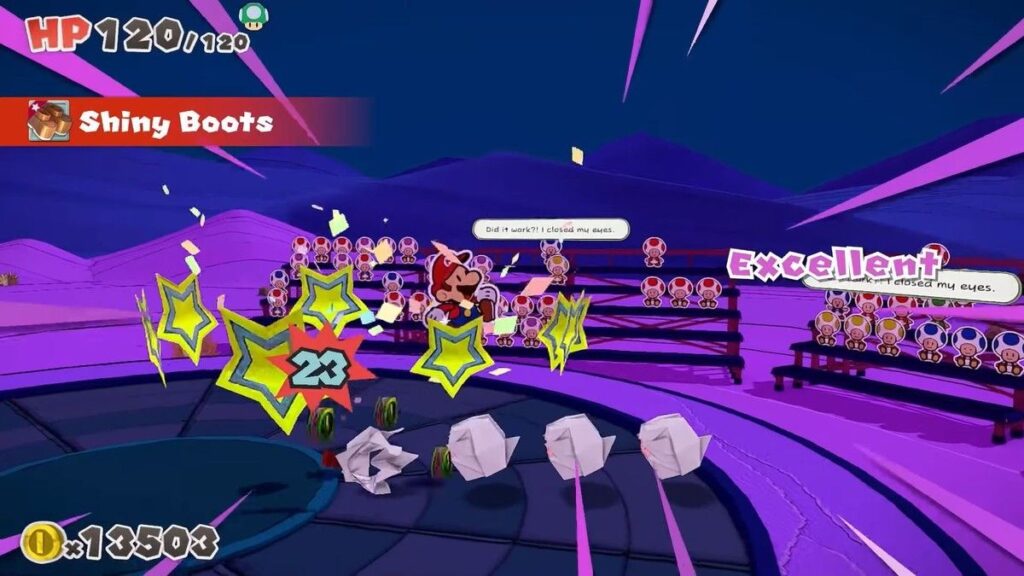
This brings me to my final point—overreliance on story and aesthetics over gameplay. The Paper Mario series’ strongest attribute, by far, is its pure, concentrated, unadulterated charm. These games are so charming that their aesthetics and writing can do much of the lifting, carrying the whole package all the way to the goal flag. The games’ consistently gorgeous art styles, excellent dialogue, and profound self-awareness are so strong that fans (myself included) have proved willing to overlook the steady decline in gameplay quality, effectively allowing the series to coast through on the strength of its writing and graphics.
However, fan patience is running out, and with good reason—no matter how beautiful and well-written a game is or how compelling its story, at the end of the day, a game is ultimately supposed to be a game. Gameplay must necessarily come first. This doesn’t mean that games can’t tell good stories, but the medium’s interactive nature dictates that the player experience—the gameplay—is paramount. This is partly why so many movies don’t translate well to games, and vice-versa. In gaming, a studio might get away with sacrificing gameplay for a good story in one game, and even that’s not a given. For a franchise? Never.
Sometimes, the complaint isn’t the quality of the gameplay, but the type of gameplay. Some fans dislike Sticker Star and Color Splash simply because they’re not RPGs (again, expectations). After all, why wouldn’t the spiritual successor series to Super Mario RPG not consist of… well, RPGs?
The answer to this one is pretty straightforward. It’s because Paper Mario is not the only successor to Super Mario RPG. There is another: the Mario and Luigi franchise.
Exclusively released on Nintendo’s handheld devices, the Mario and Luigi games have consistently and steadfastly remained RPGs—hit points, experience points, turn-based battles, all of it was always there. Even the timed hits. It was clear that Nintendo wanted Mario and Luigi to be the more “traditional” RPG series, and Paper Mario to be the more experimental one.
This is not speculation or conjecture, by the way. That came straight from the plumber’s pipe.
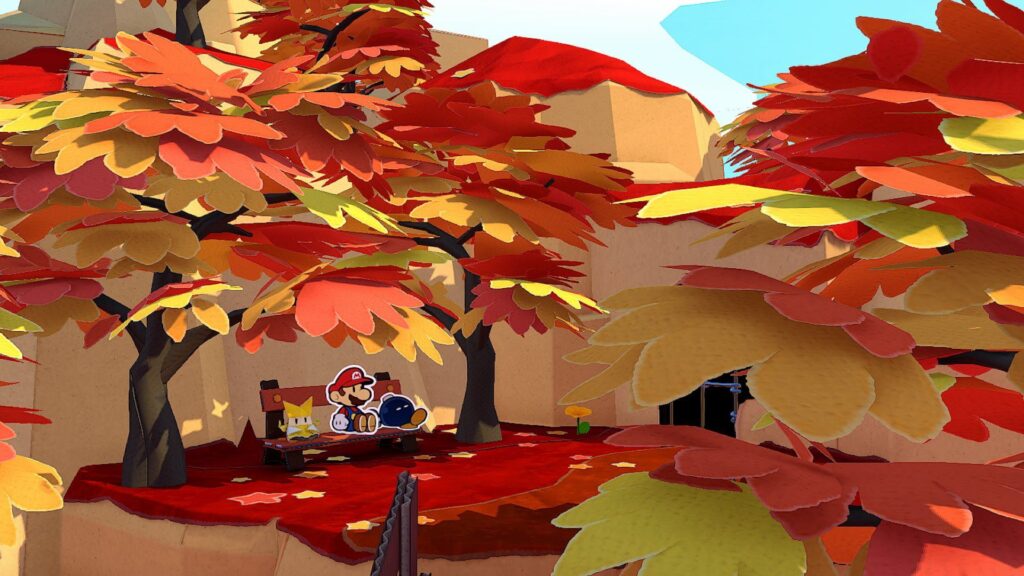
Now, I should point out that Paper Mario fans were treated to a crossover title, Mario and Luigi: Paper Jam. But while fun, it also served to remind those who fell for the older Paper Mario titles that this was, in all likelihood, as close as they were ever going to get to the good old days.
This is because Nintendo has spoken, and once the company sets out to do something, it almost never bends to fan pressure. Although fans want to feel they can influence an IP, and as cathartic as starting online petitions and going on Twitter rants can be, these are ultimately futile undertakings. One needs to only look at Pokémon Sword and Shield (2019) to see why. These games were subject to some of the most intense and sustained fan backlash in gaming history, thanks to the whole #Dexit fiasco. But no matter how loudly people complained, or how justified their grievances were, it didn’t stop Nintendo and Game Freak from selling 6 million copies at launch, and 16 million copies in less than two months. Fans can complain as much as they want, but money always talks louder. And as long as Paper Mario games continue to sell reasonably well, Nintendo has no incentive to appease a vocal minority. Fans could literally shout at their walls all day and get the same results.
Follow the Paper Trail
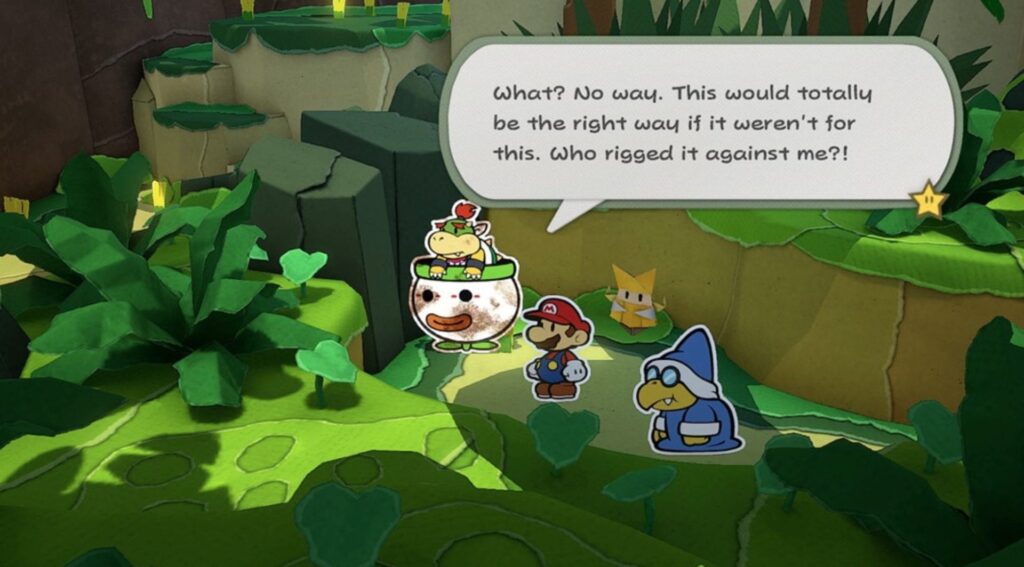
Which brings me to The Origami King. On July 17, we’ll find out the answer to the question burning through players’ minds—did Nintendo “return to form” and create something like The Thousand-Year Door, or did they choose to continue in the direction of Sticker Star and Color Splash?
Hopefully, the answer is both.
As much as I love The Thousand-Year Door, it’s unrealistic to expect a company as innovative and forward-thinking as Nintendo to ever “go back” to any game when designing a new title, much less a turn-of-the-millennium JRPG. Nor would we want it to. The Thousand-Year Door is a gem, but it’s still a turn-based JRPG. And frankly, I could care less about bringing back more of the RPG elements.
I almost never finish present-day JRPGs, and can only replay a select few from my younger days. If Square hadn’t mercifully allowed me to skip through battles when they ported Final Fantasy VII to the Switch last year, I wouldn’t have made it all the way through—even though I dumped almost 100 hours into FF7 when it first released. Fellow RPGers, I hate to say it, you hate to hear it, but we all know in our hearts that this is true: the genre is played out. It’s stale. It could use some Color Splash-style innovation. That, in and of itself, isn’t the problem—Nintendo just hasn’t hit the sweet spot yet.
But this time, maybe it will.

Watching the trailer gives reason to hope that with The Origami King, Nintendo will finally nail its timed hits. For one, the game looks as gorgeous as you’d expect from a Paper Mario game. The dialogue will almost certainly be as stellar as always. The origami concept and the new mechanics it introduces look creative, inventive, and tons of fun to play around with. Playable partners are apparently back, and the world seems densely packed, varied, and fun to explore. The game, even from this far out, radiates all the charm and personality that has endeared the Paper Mario games to so many over the past two decades.
Of course, it’s also easy to finish the trailer, remember trailers always look pretty awesome, and replace all that excitement with trepidation. However, cautious as I am, I do believe we can allow ourselves some measure of optimism. All we have to do is look at the bigger picture.
Changing the Paper Tray
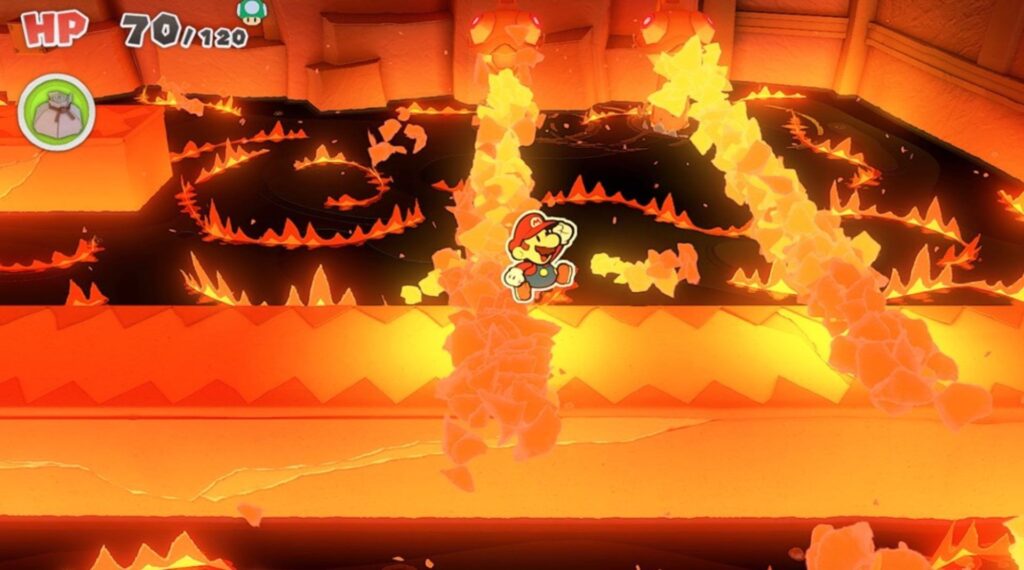
Paper Mario, for all its mixed results, is the way it is because Nintendo is the way it is. The series is simply the result of them following their usual M.O.: they constantly try new things, and they often get these things wrong… until they don’t. When they succeed, it’s like an asteroid wiping out the dinosaurs—they profoundly and permanently change what they experimented on, usually for the better. This applies whether to a game, a franchise, the entire industry, or friggin mainstream pop culture at large (did you know that, in the 90s, Mario was more recognizable to kids than Mickey Mouse?).
Perhaps, just like the Wii U had to fall flat on a blue shell in order to clear the way for the Switch, Sticker Star and Color Splash may have laid the foundation for a totally different and totally awesome new title that completely redefines the Paper Mario franchise. If they change the paper tray correctly, fans may well forget about the past, forget about The Thousand-Year Door, forget about “returning to roots,” and enthusiastically follow Paper Mario wherever its bold new direction takes it.
And in this regard, Nintendo has been on a total roll since the Switch was announced. In the span of just four years, the House of Mario has completely reinvigorated and revitalized its hardware sales, Super Mario Bros., The Legend of Zelda, and Animal Crossing. Surely they’re also approaching the latest Paper Mario with the same eye for quality and reinvention that has led them back to the top of the console pack.
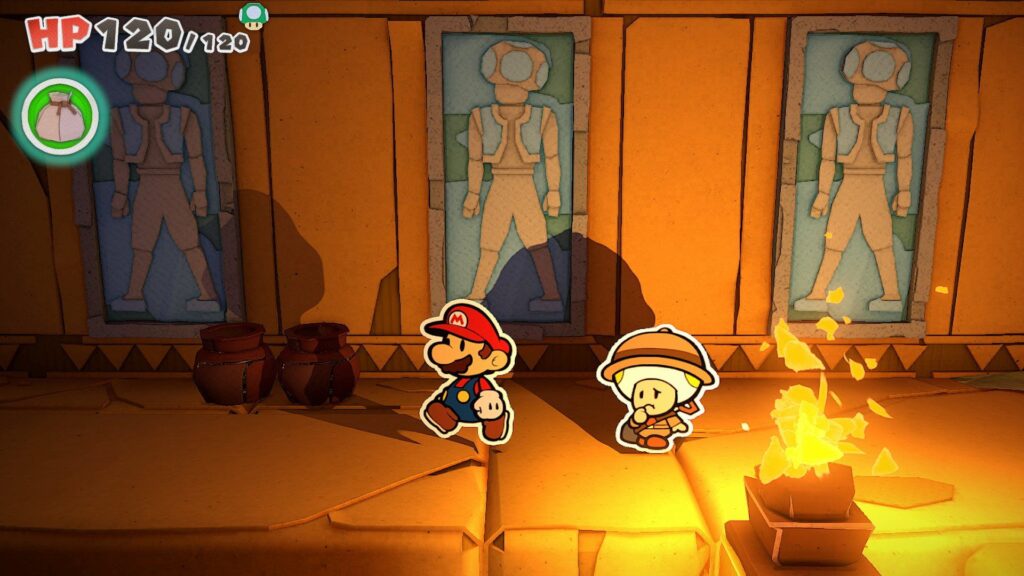
But then again, maybe not. Maybe The Origami King misses the mark but still sells reasonably well, in which case fans will have to decide whether to give up on the series or do this dance again in another four years. Maybe it completely bombs and Nintendo decides the IP has run its course, pulls the plug, and consigns future installments to the big warp zone in the sky. Hopefully not, but one way or another, we’ll find out come July 17.
And so, I’ll be looking forward to opening my pre-ordered copy of The Origami King this summer. I await this game excitedly, if a bit cautiously. The stakes for this series have never been higher, but if any studio has shown it can breathe new life into a stale genre and reinvigorate a stagnating series, it is—without a doubt—Nintendo.
Jay Rooney is an editor at Level Up Media and looking forward to Paper Mario: The Origami King. Tell him your thoughts on the trailer on Twitter.


